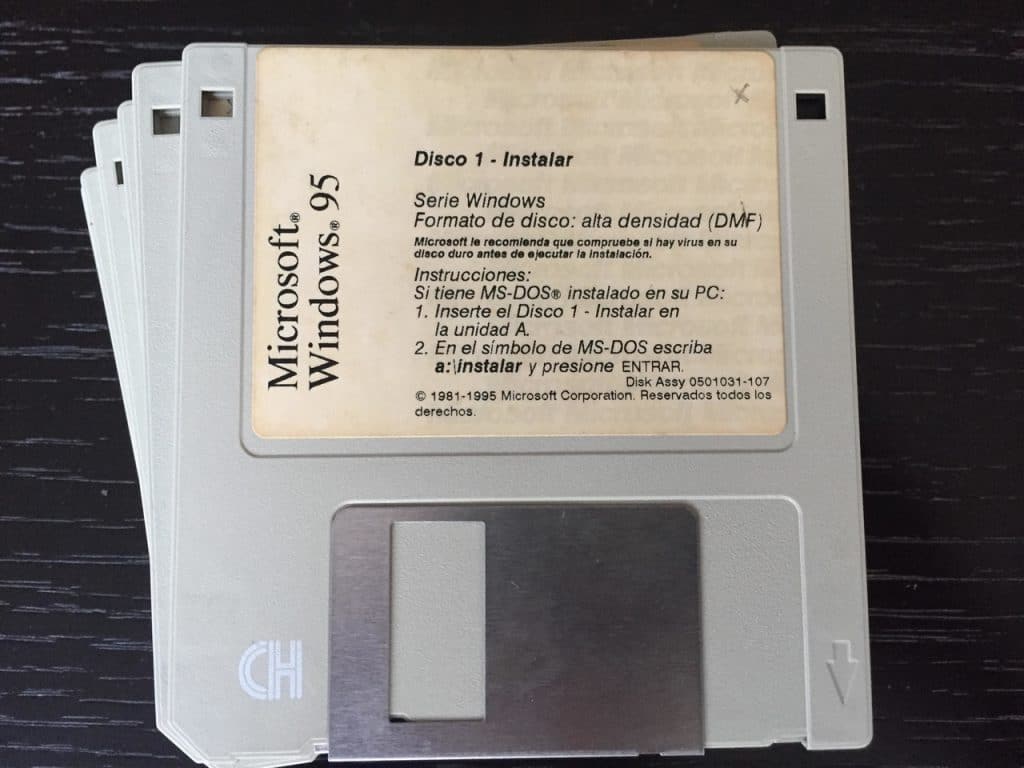No story would be complete without a hero, and no hero could be without a villain. The free software movement would be meaningless without the abuse of proprietary software licenses, and, Linux would be just another Unix derivative without Microsoft Windows.
Therefore, we are going to review its three and a half decades of its history
Windows turns 35. This is what changed
It is true that Microsoft no longer dominates the computing landscape as it did in the 90s, and none of the releases achieved the popularity of Windows XP, However, more than 10 billion devices use Windows XNUMX, which makes Microsoft's operating system the most widely used personal computing platform..
Android and iOS may be the most widely used on mobile devices, and these triple the number of drives on personal computers. and that Linux has half the market for servers. But, as long as personal computers continue to be used, that market will be for Microsoft Windows.
The 9 main versions
Windows 1
This version was released on November 20, 1985. It was Microsoft's first successful attempt to create a 16-bit graphical interface.. Windows 1 ran on MS-DOS and made heavy use of the mouse.
Windows 2
The second version was published in December 1987 and introduced several new features that are still valid today. The control panel brought together various system settings and configuration options in one place. The windows could be overlapped and incorporated the buttons to minimize and maximize.
Windows 3
First version to need a hard drive. It was launched in 1990 and fIt was the first Windows to catch on. The user interface supported 256 colors.
From Windows 3 you could run MS-DOS programs.
Windows 3.1
It was more than just a version 3 update. For the first time I used a CD as an installation medium and once deployed on the hard disk it needed between 10 and 15MB.
Windows 3.1 introduced support for using the mouse with MS-DOS programs, TrueType and Minesweeper fonts.
Windows 95
Released in August 1995 introduced the start button and menu, had multitasking support
DIn the same way, a 32-bit environment and the taskbar were introduced. MS-DOS was still needed to run some essential programs.
With this version The concept of "plug and play" was implemented, according to which, when the operating system detected a connected device, it automatically searched for the drivers. Many times it did not work and you had to resort to the dvd that the manufacturers provided with the drivers.
In a later update, Internet Explorer would appear.
Windows 98
June 1998 brought us this version based on Windows 95 and it came with the following applications pre-installed. It brought IE 4, Outlook Express, Windows Address Book, Microsoft Chat and NetShow Player, the latter was replaced by Windows Media Player a year later
The Windows Driver Model for computer components and accessories was introduced - a driver compatible with all future versions of Windows.
Windows ME
Considered the biggest failure of the line (until the advent of Windows Vista) was the last MS-DOS-based Windows, and the end of the line Windows 9x.
It introduced more automated system recovery tools, a movie editor, and new versions of Internet Explorer and Windows Media.
There were many complaints about the installation and stability problems it had.
WindowsXP
Perhaps the most successful operating system in history. It was launched in October 2001 and unified the line of enterprise and consumer operating systems.
It used the Windows NT base, although elements of the Windows ME graphical interface were added including a green start button, a blue task bar, the landscape wallpaper, and other visual effects.
Added support for CD burning, automatic CD playback, and new automated update and recovery tools.
Windows XP had official support for 14 years, a term that was extended in the corporate and public sphere for those who wanted to pay for it.
At next article let's talk about the biggest failure in history.

